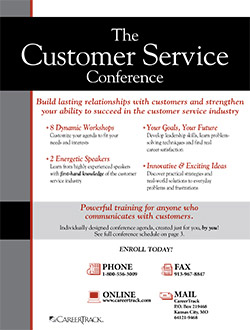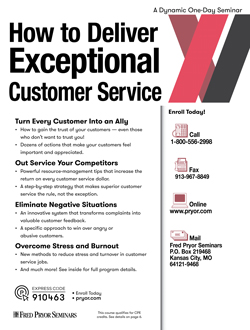Building a Customer Centric Organization
What does it mean to be a customer-centric organization? A great first step is defining who the customers are, and what their goals are. For staff members with direct contact with customers, such as those providing retail customer service or responding to inbound customer inquiries, defining the customer is often easy: the customer is the person or organization directly receiving the product or service.
For many other professionals in the organization, identifying the customer and defining customer satisfaction may be more abstract. While the organizational customer may stay the same, how does the legal team measure customer satisfaction in a meaningful way? It may involve reduced costs associated with regulatory compliance problems, or the avoidance of legal challenges for upper management.
We once worked with a quality assurance team that was convinced that it had no customers – the team was adamant that it served only the standards that defined quality. For this team, there was concern that connecting with a specific customer or audience might compromise the team’s objectivity – this was an important issue to work through to start a move towards customer-centricity.
Internal customer service training often begins with a conversation about who the customer is, what the customer’s goals are, who has what roles and how service is best delivered. Let’s look at each of these elements:
- Defining Goals: What does the customer need and want, and why? What criteria are most important in defining customer satisfaction? Timing? Quality? Price? Customization? Predictability? Why are these factors important? What is the underlying need?
- Defining Roles: Who has what roles in service customers? What is expected of the customers themselves? What are the different roles within the team and with other groups? Who are the organization’s partners in shaping the customer service experience?
- Defining Procedures: A lot of customer service comes down to the processes and procedures needed to deliver a service or product. These procedures are driven by the customers’ goals and criteria for success. Good customer service training may involve business process mapping – to identify strengths and gaps.
Building a customer-centric organization involves a close look at the organization’s mission, goals, roles and processes. Customer service is more than a handshake and a smile, it forms the heart of an organization’s mission and strategy.




